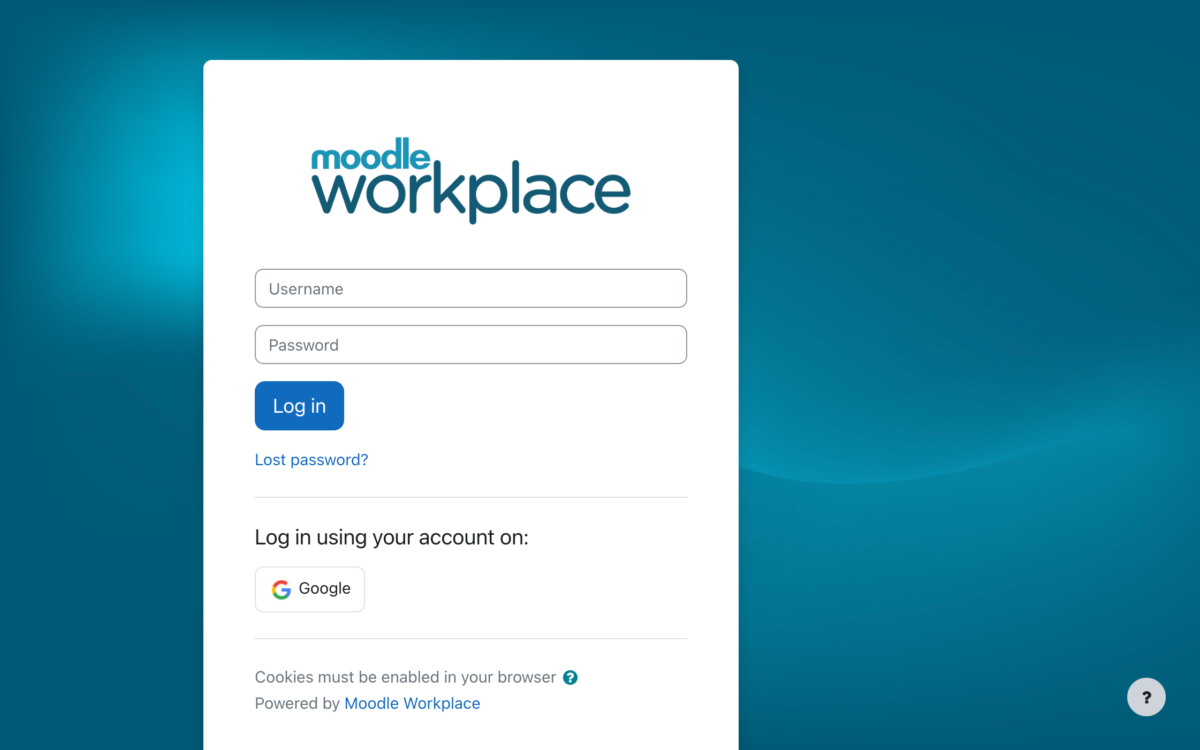Anyone in the L&D world would agree that getting more effective eLearning results is their goal but few are familiar with journey mapping. Most of us know what we want, but we often don’t know how to get there and the results can be disappointing unless you have a structure in place.
Research from a well-respected technology company found that roughly a third of training successfully completes its goal which is the application of that knowledge in the work place. Why the dismal results? L&D managers have been working to close the gap between training and skills application by re-designing learning so it is more enjoyable and prioritising immediate learning needs.
This is done not by just focusing on the aesthetics of design (the look and feel of training materials and how learners interact with them) but by journey mapping. Journey mapping is standard practice in Design Thinking, an iterative process that not only consults with stakeholders in the design process, but also takes into consideration the skill sets needed by the organisation.

Journey mapping led to this open, light, accessible train station in Utrecht, the Netherlands
An example of journey mapping took place when Dutch engineers were building a new rail station in Utrecht, the fourth largest city in the Netherlands. One of the major issues to consider was passenger platform design to relieve some of the pressures of the daily commute in a large city. The planners didn’t just build the platform and hope for the best. They first observed the platform during different times of the day. They saw there were problems of accessing the platform. They also interviewed passengers who gave them valuable insights into what their motivations were for travelling a certain time of day. The engineers and planners also took into account signage—whether it could be made clearer to help guide passengers for a better flow through to the trains.
Before construction began, the planners created a number of platform designs based on their journey mapping which included video interviews, signage, and architectural drawings, which they presented to various stakeholders who included a large number of bicycle riders who had unique access issues to the trains.
At the end of the day, a better platform with better access and clear signage was built at a lower cost because of multiple iterations with multi-dimensional input.
In a sense, as a learning and development professional, you are building a platform to speed training. You might as well give it a better chance of success before you even begin to lay down the tracks by journey mapping.







